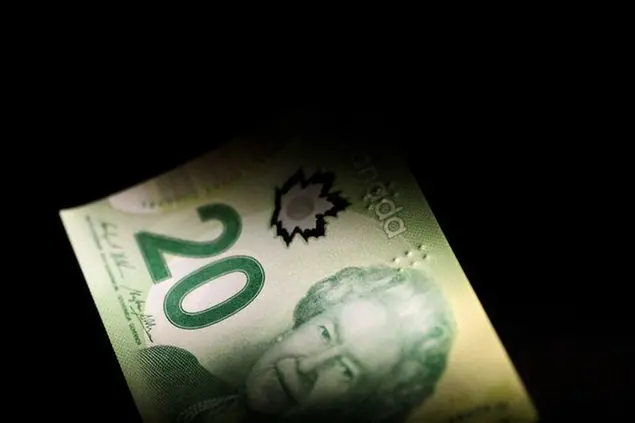PHOTO
TORONTO - The Canadian dollar extended recent declines against its U.S. counterpart on Tuesday, with investors nervous that the Federal Reserve, which begins a two-day policy meeting, would not be able to control inflation without triggering a recession.
The loonie was trading 0.3% lower at 1.2930 to the greenback, or 77.34 U.S. cents, after touching its weakest since May 16 at 1.2941.
Losses for the currency came after Monday's selloff on Wall Street confirmed a bear market for the S&P 500. Investors have raised bets that the Fed would hike by three-quarters of a percentage point on Wednesday after recent hotter-than-expected U.S. CPI data.
Canada sends about 75% of its exports to the United States, including oil. U.S. crude prices were up 1.3% at $122.46 a barrel as tight global supply outweighed worries that fuel demand would be hit by a possible recession and fresh COVID-19 curbs in China.
Meanwhile, data showed Canadian factory sales climbing 1.7% in April, with sales volumes up 0.9%, adding to evidence of firm economic activity in the second quarter.
Money markets have nearly fully priced in a three-quarter-percentage-point rate increase by the Bank of Canada at its next policy announcement on July 13, which would be the biggest hike since August 1998, and expect rates to peak near 4% next year. Just two weeks ago, investors expected a so-called terminal rate of 3%.
Canadian government bond yields were lower across the curve, tracking the move in U.S. Treasuries. The 10-year eased 4.5 basis points to 3.469%, after touching on Monday its highest intraday level in 12 years at 3.551%.
(Reporting by Fergal Smith, Editing by William Maclean)
